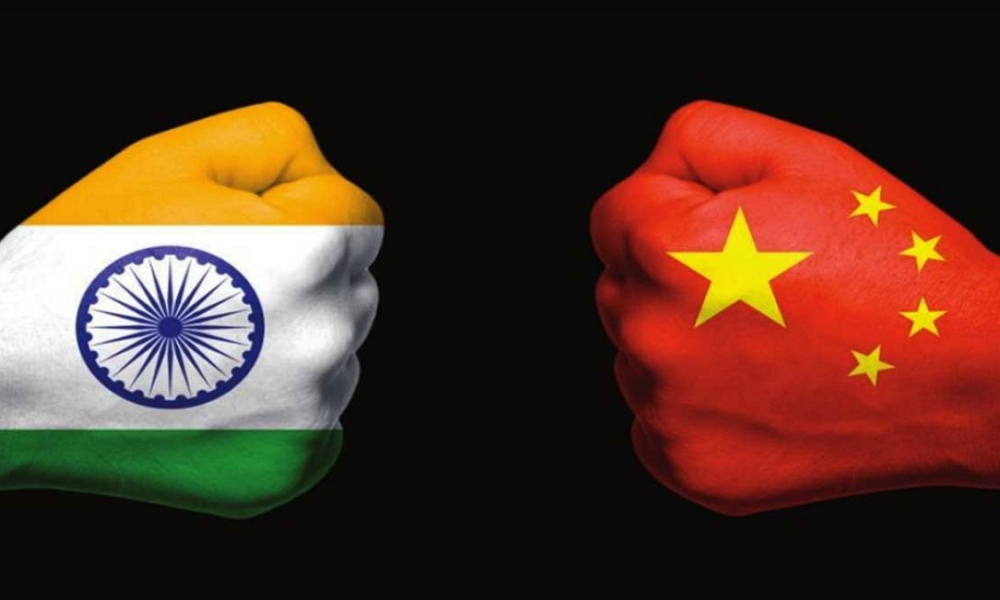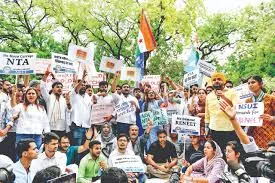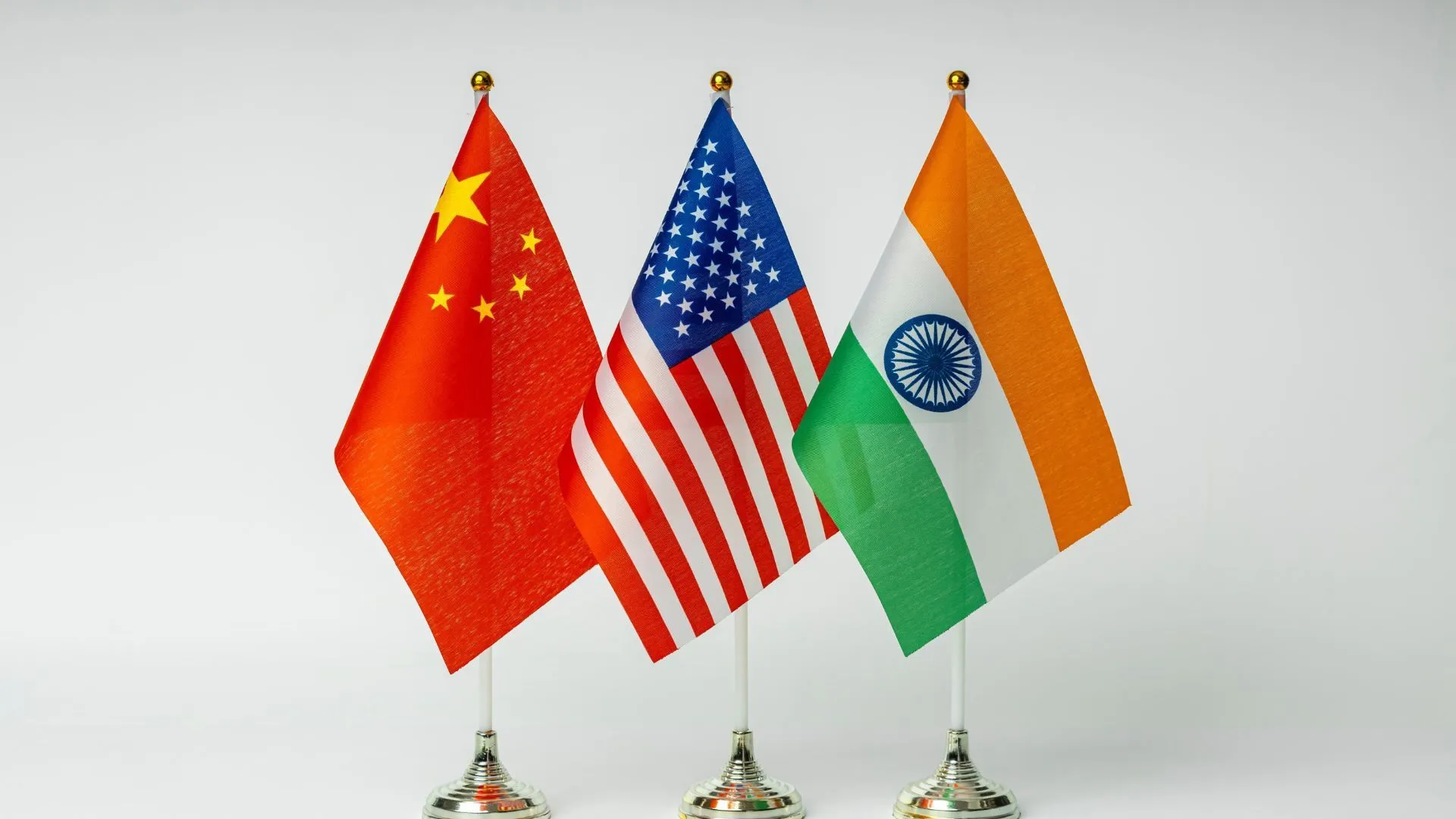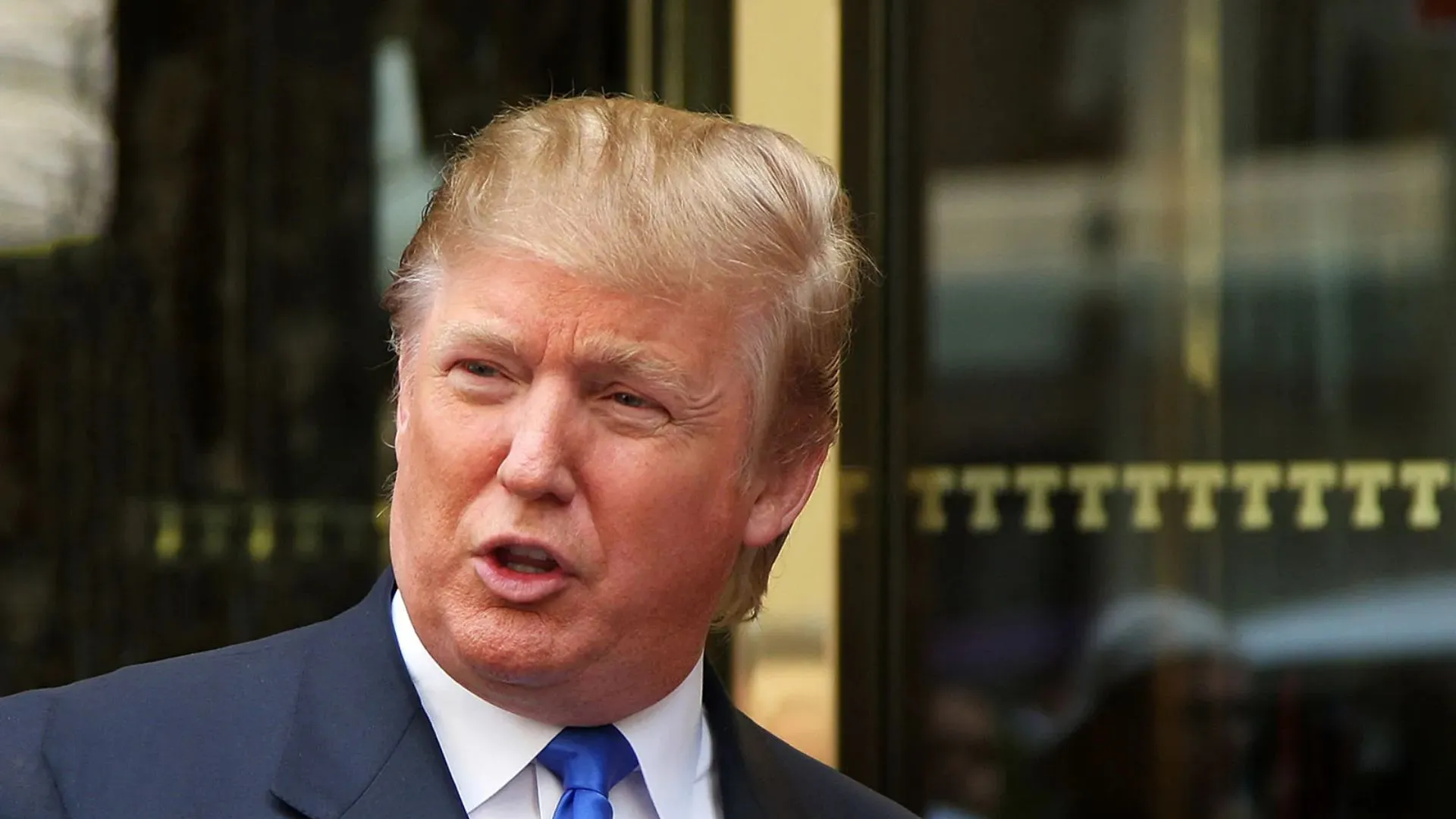Economic relations between India and China have grown rapidly in the last few years. There was a belief that the two giants would lead the world in production and consumption as the economic centre of gravity moves to Asia.
While business links grew, the political relationship didn’t. Despite several years of diplomatic effort, today we stare at a reality that China can’t be an ally.
The furore over Ladakh clash should force India to re-assess its economic ties with China. Demands for boycott of Chinese goods are populist and impractical. However, India can put into motion various steps that contain our business ties with China.
The key effort for India now should be to reduce its reliance on China, especially in critical sectors. This will take a few months before any impact is visible. And therefore, the time to begin is now.
India’s economic relations with China can be placed in four categories: Trade, financial investment, direct investment, and telecom technology.
TRADE
There have been arguments that the more China does business with India, the better it will be for bilateral relations. Some have also argued that India should hurt China by curbing imports and investment. This view misses the point that while China does do huge business with India, India is not among its top trade partners.
The top five trading partners of China do not include India. At the top of the list is the US with almost 17% of its exports worth $418 billion. Hong Kong, Japan, South Korea and Vietnam are the rest in the top 5. India is at 7th with just over $70 billion of exports. For China this is about 3% of its exports. So even if the exports to India are totally stopped, it would not make much of a difference to China.
Of course, this will make a bigger difference to India. China exports critical material to India which include active pharmaceutical ingredients (APIs). Over 80% of APIs that Indian pharma companies use to make medicines are sourced from China. If this were to stop tomorrow, India would be in trouble. There is no short-term solution to this. We must reduce our imports from China, not so much to hurt it, but to save ourselves from being highly dependent on it.
The less reliant our economy is on China, the better it is for India.
India therefore has to start on a slow but strategic path of reducing its imports of such products from China. Here it has two options. In the short term, start sourcing such products from alternative markets, even if the cost is higher. Other countries like Taiwan and Vietnam could be possible options for imports. Taiwan has a strong base of electronics manufacturing. So do South Korea and Japan. These four countries can be important alternatives for India. The second option is to enhance its own manufacturing capacities. The government has already articulated its interest in supporting the manufacture of pharmaceutical ingredients on a war footing. This is in urgent national interest.
It took years for India to become so dependent on China for critical products. And it will also take a few years for us to be weaned off our dependence on China.
India’s exports to China are dominated by raw materials like cotton and minerals. We sell raw materials; they sell us finished products. China has posed restrictions on Indian manufactured exports in terms of various barriers masquerading as standards. India must play the same game and place quality standards on all items being imported from China. This can happen within a rules framework where India will not be accused of protectionism. In any case, if India raises barriers for China but allows other countries easier access, most other exporting countries will be happy to increase their presence in India.
FINANCIAL INVESTMENT
Now let us look at financial investment. In recent years, China based investors have competed with Japan and US-based investors to fuel the growth of startups in India. An estimated over $4 billion have been invested in startups in India. Chinese banks have also lent to various businesses. We have no reason to regret this. All capital is welcome if it helps fund India’s entrepreneurial spirit. Here again the investment basket has to be well diversified so that Chinese funds do not have an overwhelming presence in India. At a micro level, it will be important to scan the influence of Chinese investors. Are they taking influential stakes in important Indian entities? Are they misusing their position in the board to get sensitive information? When China’s central bank stake in HDFC went above 1% recently, it rightly triggered alarm bells. As an investor, a Chinese fund can have access to the information via banks borrowers and depositors. Some of the borrowers may be involved in projects of national significance. Given the reputation of corporate espionage, it is difficult to have trust in Chinese investors. Thankfully, the government has taken strong steps against investments from China.
Indian managements will have to minimise their dependence on Chinese funds from here on. And those who have already been funded should be on alert to protect themselves.
DIRECT INVESTMENT
Direct investment by Chinese firms is less of a concern, but should be kept under watch, nonetheless. A Brookings India study estimates a total investment of $8 billion by China, mostly by state-owned companies. The tricky area that India should watch out for are EPC or engineering, procurement and construction companies. This is a sector which needs strict monitoring and even barriers to participate. Funded by cheap credit and slave-like worker armies, Chinese companies have been winning bids for infrastructure projects in India. They win open global tenders with lowest bids. This gives them access to influence infrastructure while also blunting the growth of Indian EPC companies. India will have to review its rules to ensure Chinese companies do not expand their presence in infra projects. Especially because Indian companies do not have similar access in China.
TELECOM TECH
Much of the direct investment in India is through mobile phone manufacturing units in India. Companies like Xiaomi and Vivo assemble phones in India. Their investment in factories is important since it creates an ecosystem for manufacturing which didn’t exist earlier. What India should do now is to raise the barrier for components so that there is further investment in component manufacture. Other global companies like Samsung and Apple will also enhance their presence. As long as there are several non-Chinese manufacturers in India, it should not be a problem.
Telecom equipment though is a serious matter. The hardware that goes into telecom services operators comes mostly from China. Most mobile operators are already dependent on China for such equipment which has tremendous potential for espionage and such misuse. The prospect of using Huawei’s equipment for 5G networks has spooked governments around the world. From Canada and the US to European countries, every government is wary to Huawei, given suspicions about its links with People Liberation Army of China.
India can work with likeminded governments to create a coalition that can compete with Huawei’s technological prowess. The UK has already sought such an alliance.
SUMMARY
All products made in China and sold in India are not by Chinese companies. Most US-based companies have manufacturing bases in China to serve global markets. Most American products bought by Indian consumers are made in China. It is impractical for Indian consumers to boycott such products. This is the right time for India to boost manufacturing in India by domestic and non-Chinese companies and diversify its economic interests. We can’t afford to be dependent on China in any sector.
Pranjal Sharma is author of the book, ‘India Automated’.























